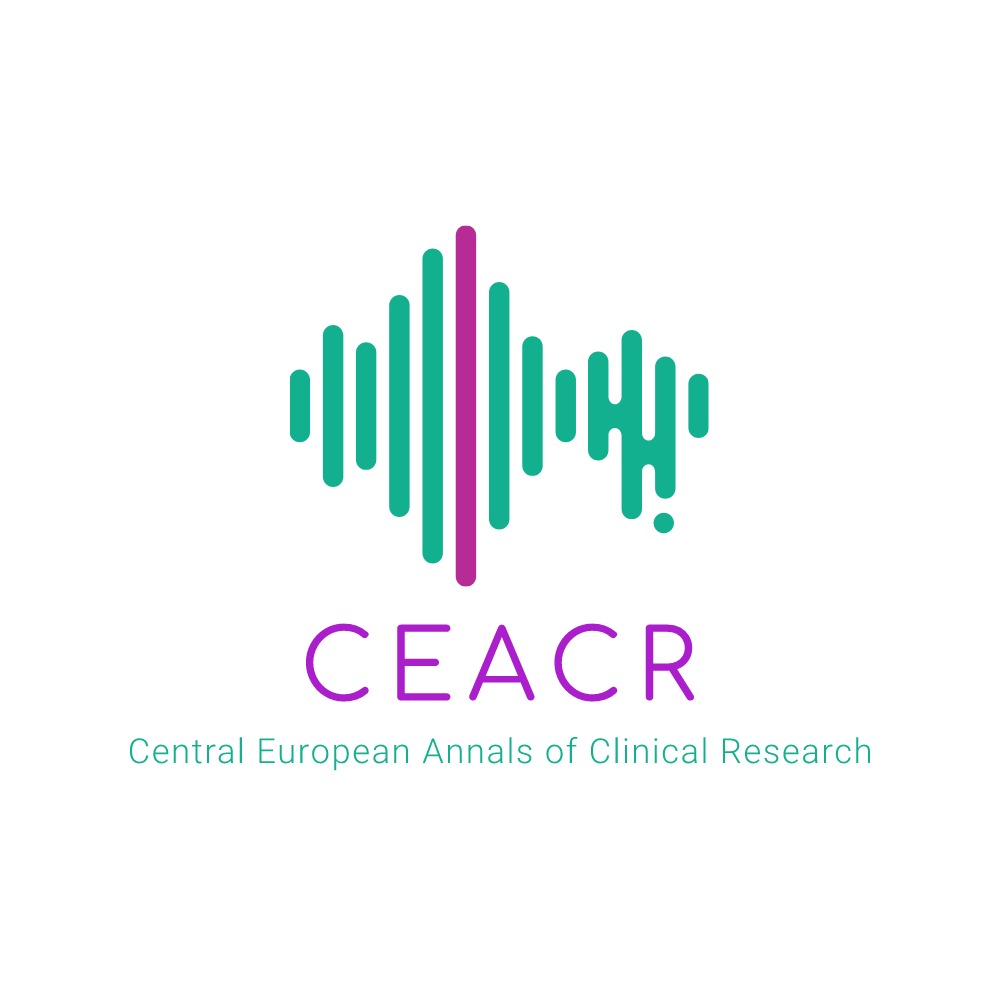Cent_Eur_Ann_Clin_Res 2020, 2(1), 35; doi:10.35995/ceacr2010035
Endoped Abstract
Challenging Cases of Growth Disorders: A Clinical Quiz
Division of Population Medicine, School of Medicine, Cardiff University, Cardiff CF14 4XN, UK; gregoryjw@cardiff.ac.uk
How to cite: Gregory, J.W. Challenging Cases of Growth Disorders: A Clinical Quiz. Cent. Eur. Ann. Clin. Res. 2020, 2(1), 35; doi:10.35995/2010035.
Received: 20 October 2020 / Accepted: 14 November 2020 / Published: 17 November 2020
Abstract
:This article briefly summarises the approach to clinical evaluation (history, clinical examination and relevant investigations) of a child referred with concerns about short stature.
Keywords:
growth disorder; short stature; clinical evaluationThe majority of children referred with short stature demonstrate normal variations in growth due to familial short stature or delay in the onset of puberty. These ‘normal variants’ need to be distinguished from those short stature following intrauterine growth retardation, skeletal dysplasias, chronic disease, psychosocial deprivation and, rarely, endocrine disorders such as hypothyroidism, growth hormone insufficiency or cortisol excess.
Evaluating a child in whom there are concerns about short stature or poor growth requires a careful history, asking for details about pregnancy, birth, birth weight, a neonatal history of hypoglycaemia or prolonged, severe jaundice, feeding history, details of weaning, information about any significant past medical history, the presence of symptoms suggestive of an undiagnosed but chronic disorder and the timing and onset of puberty in older children. A family history of growth and pubertal disorders should be sought along with details of parental heights so that a target height range can be calculated. A social and educational history is important, seeking evidence of an impact of the growth problem on social interactions with the child’s peer group.
A careful clinical examination is then required, including height and weight measurements, the presence of dysmorphic features, particularly those affecting the midline craniofacial skeleton, and a full examination of all systems, looking for signs of chronic disease. In particular, careful assessment of the fundi and visual fields should be included. Documentation of the stage of puberty should be included. Ideally, sequential height measurements should be obtained over a minimum period of one year to calculate ongoing height velocity.
In most short children, investigations are not required if the child’s growth and pubertal development suggest either familial short stature or delayed puberty and are consistent with the family history. In children in whom this is not the case, investigations should be considered as clinically indicated to exclude any underlying but undiagnosed chronic disease. If no such indicators are present then baseline investigations should be performed including wrist x-ray, full blood count, inflammatory markers (e.g., ESR), urea and electrolytes, calcium, phosphate, liver function, screening for coeliac disease, thyroid function, IGF1 and a karyotype in girls. A skeletal survey should be undertaken in those with disproportionate short stature or dysmorphic features. Only after the results of these tests have been shown to be normal should testing of growth hormone secretion be considered to elucidate a diagnosis of growth hormone deficiency.
Examples of children with growth disorders representative of a wide range of causes will be presented in this clinical quiz. A relevant differential diagnosis can only be formulated through careful integration of the findings from clinical history, examination and investigations. This is important to avoid missing potentially serious underlying causes or subjecting the child to unnecessary additional investigations and treatment.
Funding
This research received no external funding.
Conflicts of Interest
The author declares no conflict of interest.
© 2020 Copyright by the authors. Licensed as an open access article using a CC BY 4.0 license.
